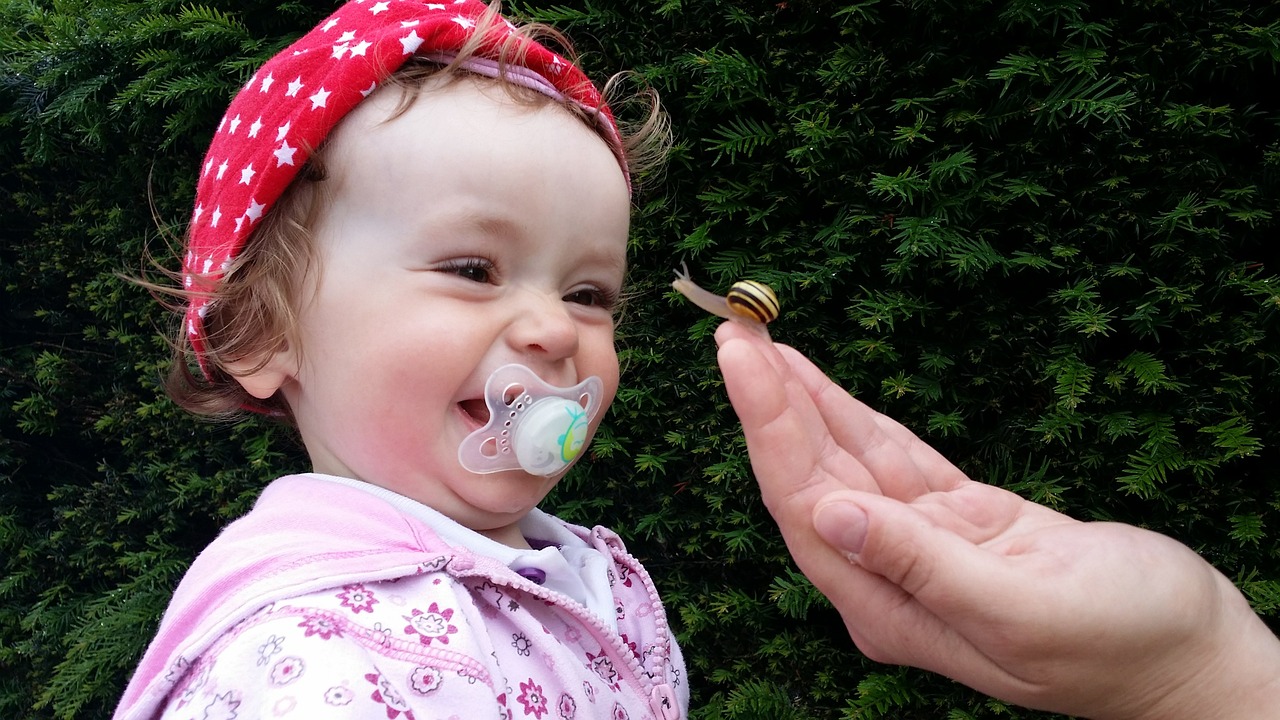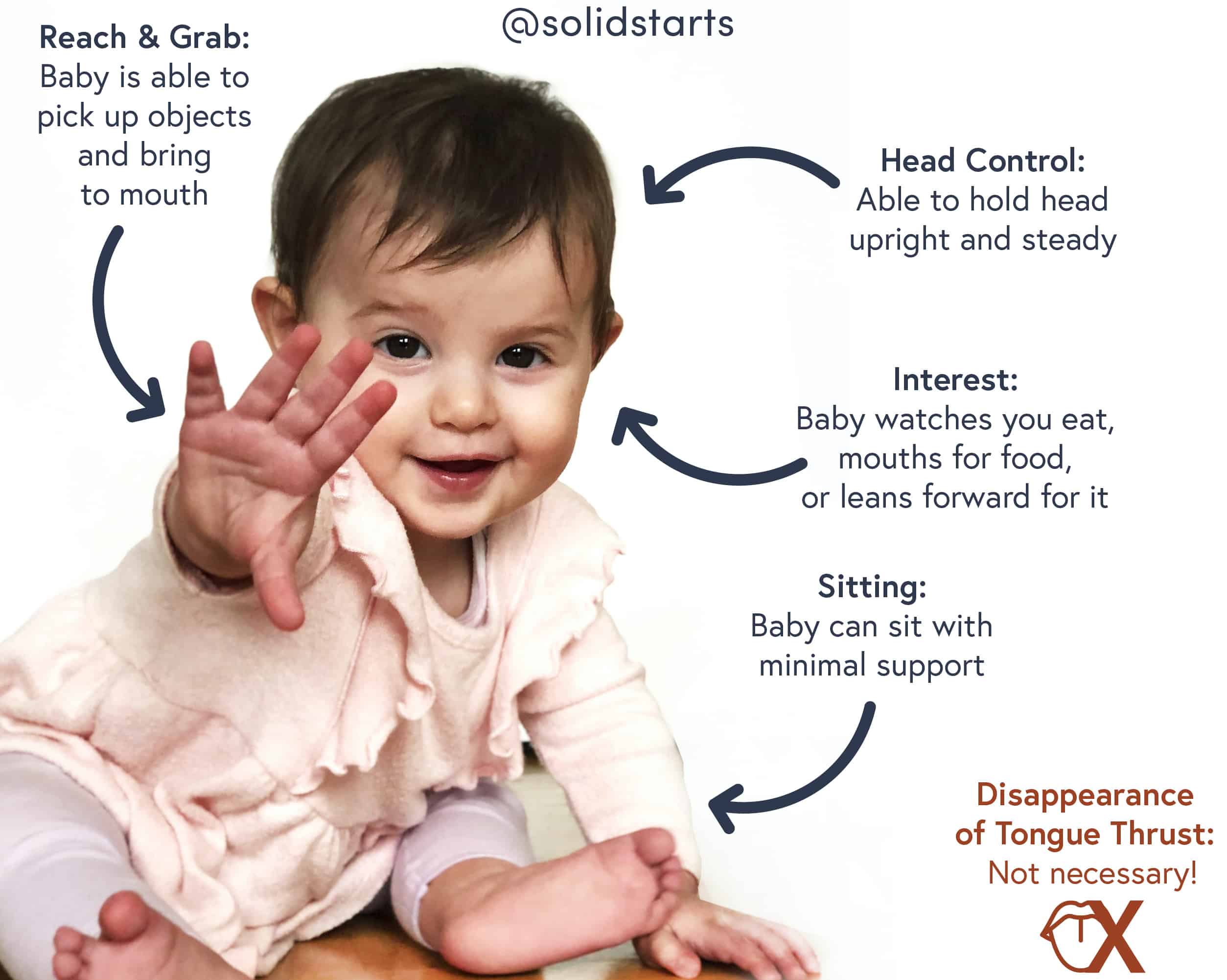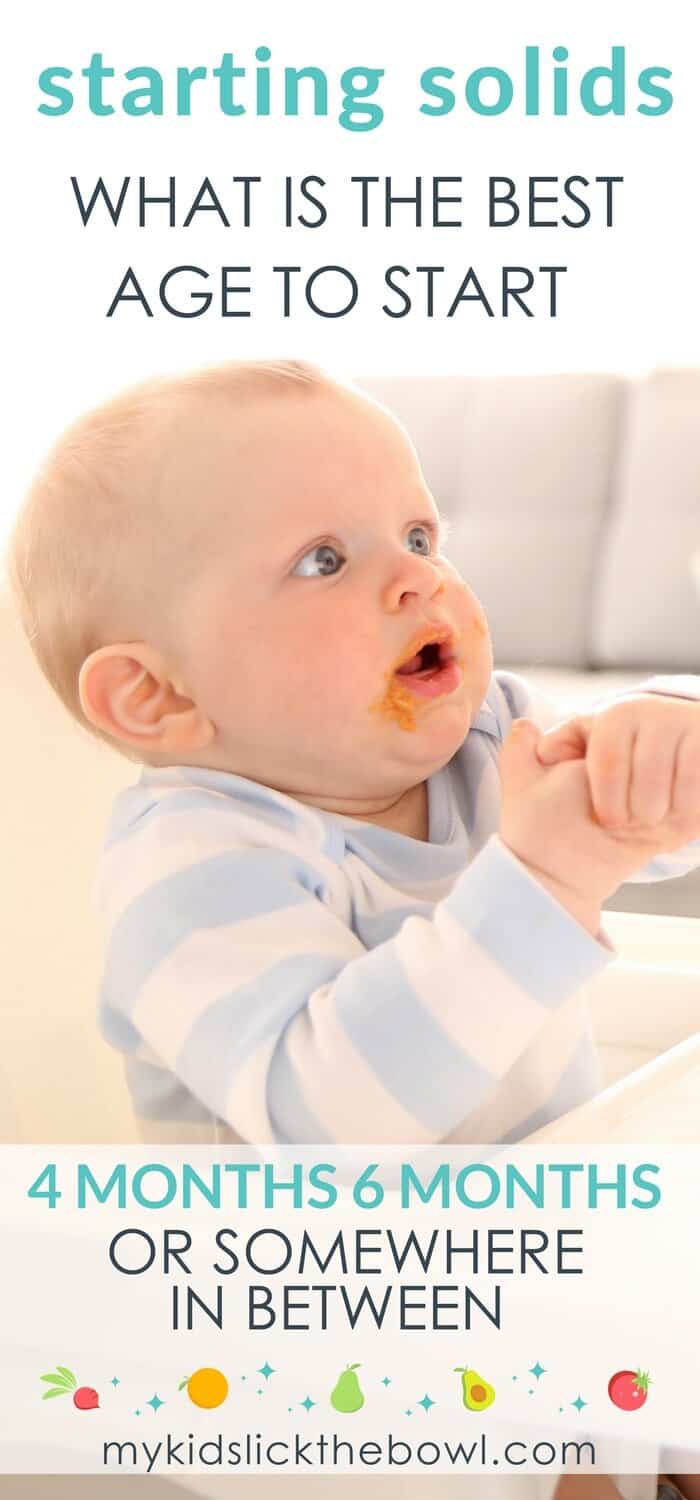
The Best Baby Tongue Thrush Ideas quicklyzz
When your baby pushes solid food out of their mouth using their tongue, it's called the extrusion reflex (it's also referred to as tongue-thrust reflex). While it may seem discouraging that your baby doesn't want to try new textures, this reflex is a primitive instinct to protect them.

Newborn Tongue Thrust Causes and Treatment Options Mama Knows Best
Myofunctional therapy and speech therapy are done for the treatment of tongue thrust. The goal of myofunctional therapy is to develop a normal oral resting position where the lips and teeth are closed, and the tongue tip rests against the ridge behind the upper front teeth. Exercises are also done to obtain proper tongue movement during swallowing.

Baby Tongue Thrust Reflex At 6 Months
Babies are born with a tongue flex, or tongue thrust, reflex. This helps them push their tongue out when they are breast or bottle-feeding in a way that keeps them from choking. It also makes it easier for them to latch onto the nipple. Sign of Hunger or Full Tummy

baby tongue thrusting reflex Thomasena Song
In babies who are breastfed or bottle-fed, tongue thrust is normal. As the child gets older, their swallowing and speaking patterns normally evolve. However, some types of bottle nipples and.

What Is Baby Tongue Thrust Reflex And How Long Will It Last?
The tongue thrust, or extrusion reflex, is a reflex present at birth that persists until 4 to 7 months of age in typically developing babies. In young infants, the tongue thrust is stimulated by touching the tip of the tongue, causing the tongue to "thrust" or stick out of the mouth.

baby tongue thrust when eating Omega Bollinger
Tongue thrust is normal in newborns as their tongue lies between the gum pads and the facial muscles stabilise the jaws during swallowing. It helps babies with breast and bottle feeding. As the baby grows and reaches six months, the tongue thrust usually disappears due to the eruption of primary teeth causing the positioning of the tongue high.

baby tongue thrusting reflex Thomasena Song
What Is Baby Tongue Thrust? Tongue thrust reflex in infants occurs when the tongue moves forward from the mouth to assist with breast and bottle feeding. This should last for 5-6 months and can protect the baby from choking. So rest assured knowing that if your baby's tongue is sticking out, it's a natural reflex that helps them feed.

When to Start Tongue Thrust Treatment
Tongue thrust is normal up until a baby is about 4 to 6 months of age. During this time the reflex is important because if an infant gets something other than milk in his or her mouth, then the tongue can push it out to prevent choking. If tongue thrust persists after a child is no longer a baby, it is classified as an oral myofunctional disorder.

Why Do Babies Stick Their Tongues Out? Experts Explain
The newborn reflexes are spontaneous, involuntary actions that are a part of a baby's normal development. Some of these reflexes occur during a specific developmental stage and then diminish as the baby grows. The presence of these reflexes helps determine if the baby's nervous system and musculoskeletal systems are working fine.

baby tongue thrusting reflex Thomasena Song
This phenomenon is called the tongue-thrust reflex, part of the newborn's sucking reflex. However, a newborn sticking out tongue can indicate a couple of harmful conditions like macroglossia and Down syndrome. But these are pretty rare conditions and have other associated signs as well. Different theories about newborns sticking out tongue

Tongue Thrust and Starting Solids
Ankyloglossia (also known as tongue-tie) - Tongue tie is when the tip of your baby's tongue is attached to the bottom of their mouth by a thick, short, or tight band of tissue. Tongue tie can affect how a baby feeds, and later how they eat, speak, or swallow. Signs of Tongue Thrust

Baby Tongue Thrust Reflex At 6 Months
In a baby, tongue thrust is completely normal. Infants usually use their tongue to latch on and pull out milk or formula from the bottle or breast. This pattern of swallowing where the tongue protrudes is seen in the vast majority of very young children.
Chaya Hales
A tongue thrust is when the tongue pushes against or between the teeth while your child is at rest, swallowing, or talking. The child does not use the muscles of the mouth, lips, jaw, or face correctly. This can cause dental and speech problems. Most infants push their tongues forward to swallow. Most children change to a normal swallow by age six.

baby tongue thrust video Well There Cyberzine Image Database
Most babies lose baby tongue thrust reflex between four and six months of age. When food is placed on your baby's tongue or lips, the tongue doesn't come forward to push the food away, so he can take it in more easily. Losing the tongue thrust reflex ultimately means the baby is growing up and ready to start soft, pureed food.

baby tongue thrust video Well There Cyberzine Image Database
Tongue thrust is an instinctive reflex that all babies are born with. When an object or substance touches the baby's lips, their tongue automatically pushes forward and protrudes from their mouth. This reflex helps protect the infant from choking and ensures that they can effectively breastfeed or bottle-feed.

baby tongue thrust reflex at 8 months Ariel Werner
Tongue thrusting is important in the early months of a baby's life because their muscles aren't yet developed enough to swallow anything more than liquid. This reflex works together with the.